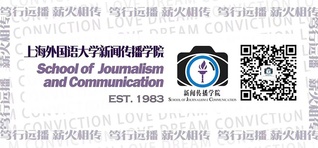The School of Journalism and Communication held the Global Communication Theory Innovation Seminar
On March 11, 2023, the Global Communication Theory Innovation Seminar was held at the Songjiang Media Center in Shanghai to mark the upcoming 40th anniversary of the establishment of the School of Journalism and Communication at Shanghai International Studies University. The event was jointly organized by the School of Journalism and Communication at Shanghai International Studies University, the Center for Global Public Opinion of China, and the Center for Global Connections. The seminar was chaired by Professor Zhang Junfang from the School of Journalism and Communication at Shanghai International Studies University and Center for Global Connections, with participation from Professor Hu Yiqing from Nanjing University, Professor Liu Hailong from the Renmin University of China, Liu Peng, editor-in-chief of Journalist, Professor Shen Hui and Professor Sun Li from Shanghai University, Professor Guo Xiaoan from Chongqing University, Dean Guo Ke, Vice Dean Chen Peiqin, Deputy Secretary of the Party Committee Hu Zhengming, Associate Researcher Qian Jin, and faculty members from the School of Journalism and Communication at Shanghai International Studies University.
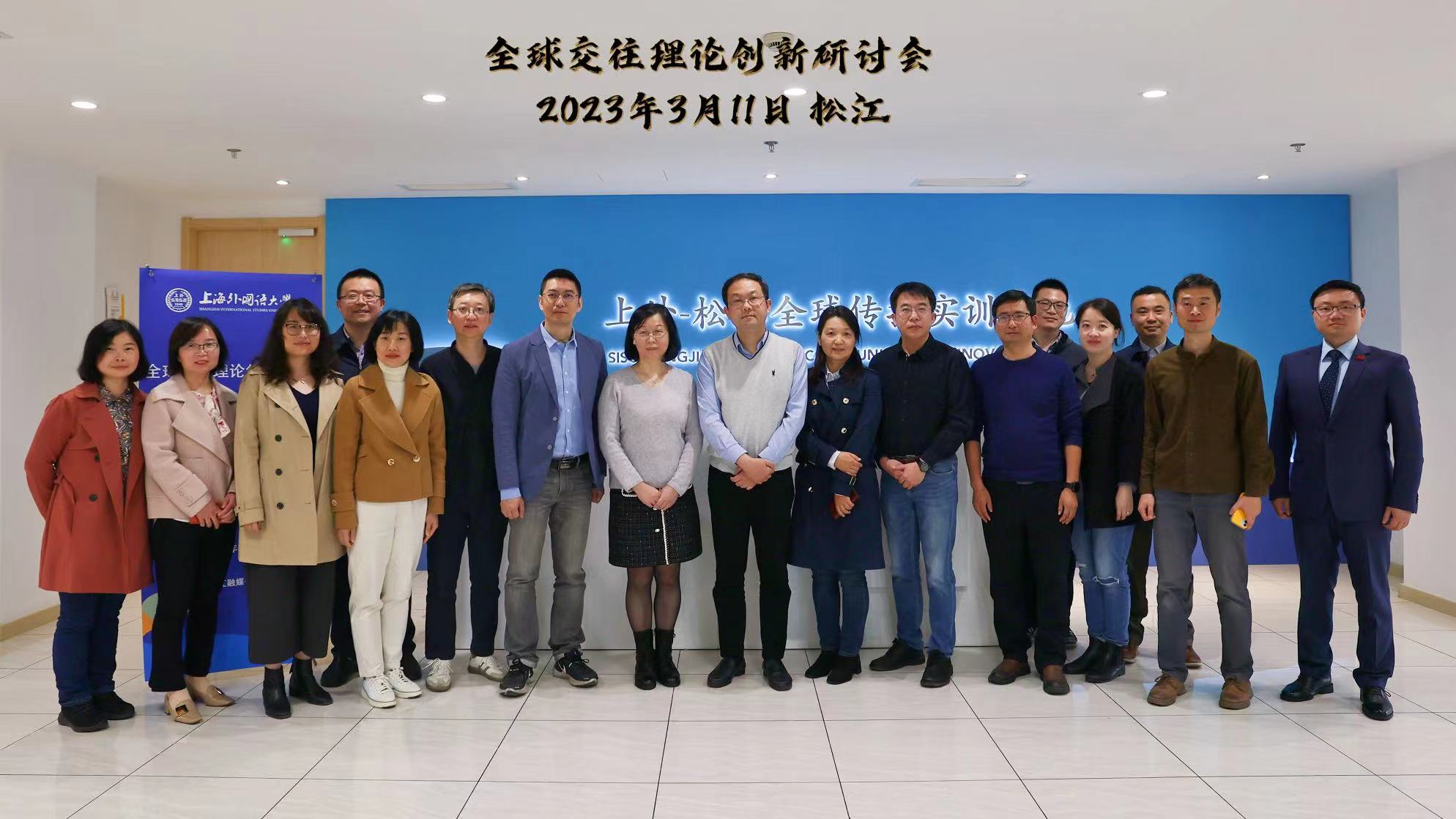
Dean Guo Ke congratulated the conference via video and shared his insights and plans for constructing the journalism and communication discipline at the university. Vice Dean Chen Peiqin fully recognized the seminar's exploration and efforts in global communication theory innovation.
The seminars centered around three core issues: the pivot of global communication theory innovation, the global dissemination and acceptance of ideas, and the global communication perspective of China's research.
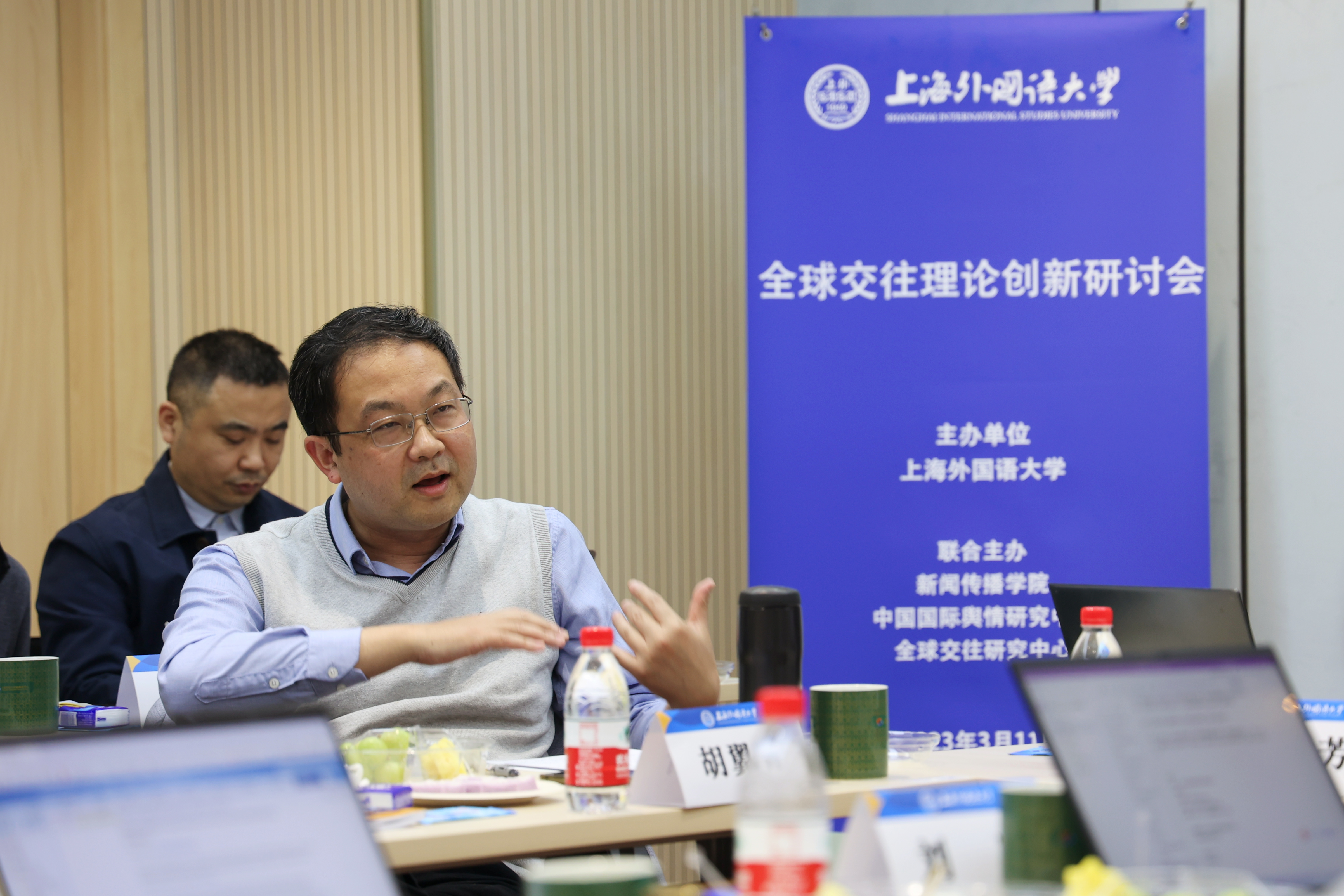
Professor Hu Yiqing believes that attention should be paid to the relationship between current communication technologies and global interactions. The technology associated with global interactions is a network of technologies that serves as a backdrop rather than a single technology. The triple network of technology, discourse production and exchange, and material production should be connected to global interactions, which also serves as the fulcrum for innovation in global interaction theory. The richness of relationship building is the foundation and condition for global interactions. There are ideal components for coexistence and mutual understanding among the world's various ethnic groups. We cannot abandon the material premise, so interactions based on material foundations may be more realistic.
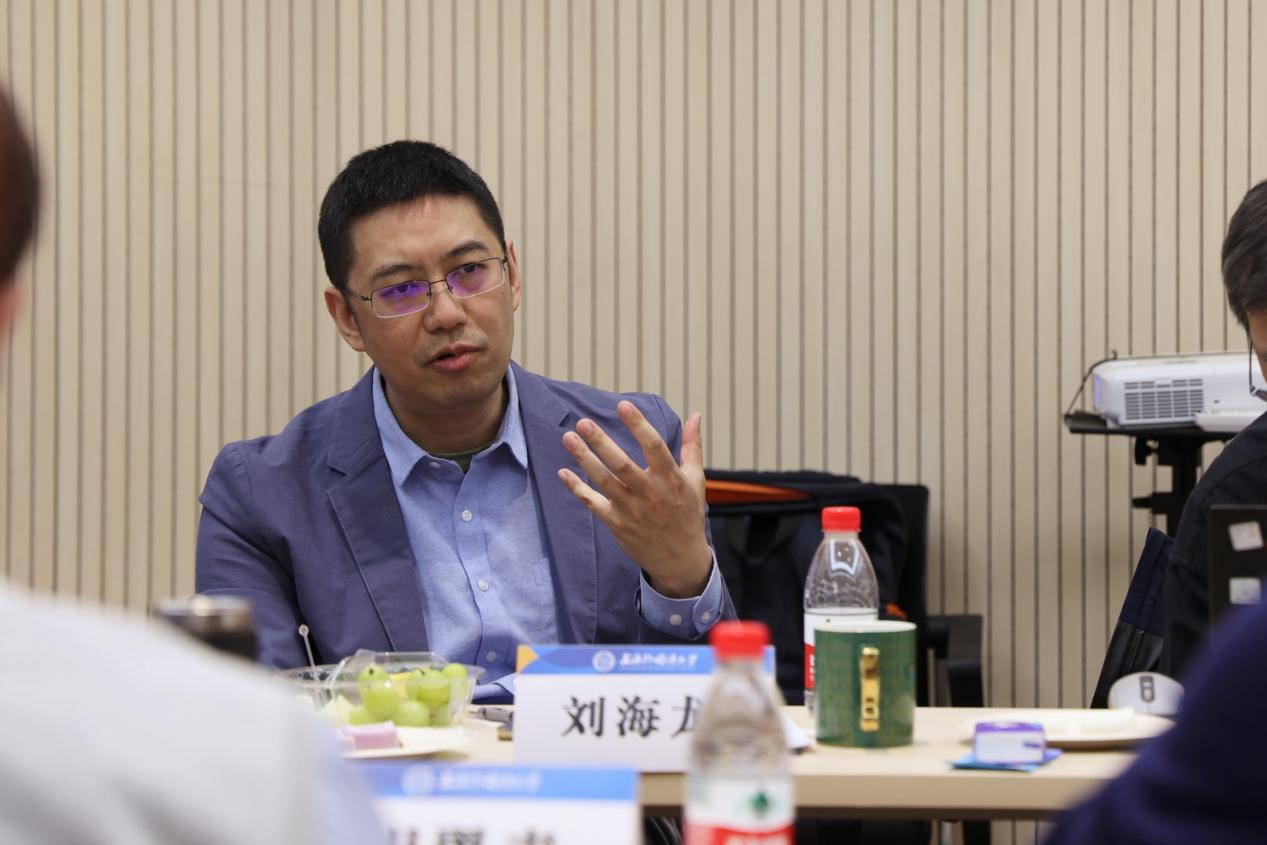
Professor Liu Hailong affirms the new perspective brought by the concept of interaction: interaction focuses on the relationships between people, and interaction breaks away from the information-centric mindset of communication studies, extending the scope to broader economic, technological, and cultural fields, incorporating topics that were not previously part of our journalism and communication discipline, such as global order. He believes that, at present, the pandemic might become a new fulcrum for studying global interaction theory. The outbreak of COVID-19 is, in a sense, the result of global interactions. Globalization is constantly being generated, as are concepts related to globalization. Research on the material-based or tangible, pragmatic modes of global interaction may be more feasible. Professor Liu agrees with the idea of community proposed by French philosopher Jean-Luc Nancy, which emphasizes that interaction is based on differences. Despite ideological differences, the presence and connection of the body can still form a commonality.
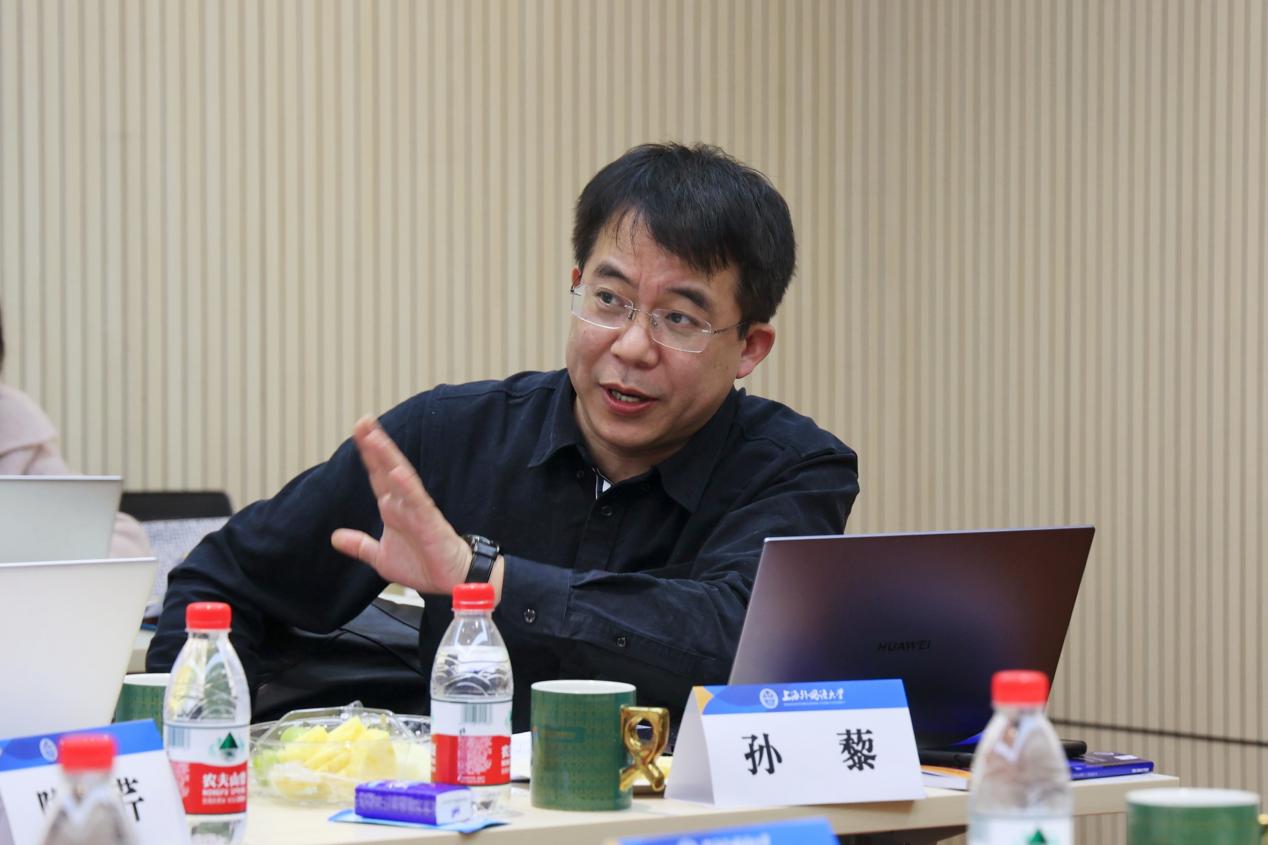
Professor Sun Li believes that global interactions should be understood within the context of knowledge. Climate change, species change, and food change are all points that need attention in global interactions. Global interaction research needs to form a historical dialogue with Western modernization research and Marx's theory of interaction. Global interaction research also needs to pay attention to changes and circulation of objects. Global interaction theory research should avoid retracing old paths and proceed from the bottom up. It should place findings within a broader network according to specific research needs. Although different people may have different cognitions of the world, we still live in the same world and have a common life basis with the possibility of forming a common body. We should see global interaction as a constantly dynamic and fluid process in which the universality of the world necessarily exists in a particular object. The difficulty of global interaction theory research lies in how to reveal particularity in the process of fluid change.
Professor Shen Hui proposes that ideas to achieve global dissemination must be based on common problems and communicable meaning frameworks. For example, during the War of Resistance against Japan, the European battlefield and the Asian battlefield were closely linked. The meaning framework set by the Communist Party of China emphasized national liberation and nation-states while relating it to global political and ideological trends such as liberal democracy, anti-fascism, and communism. This possessed the ability for international exchange and dialogue. How can deeper world images be created in Chinese studies? First, academic research needs to be approached with awe. Second, China needs to be placed in a genuinely historical and social dimension to understand its history and reality. Third, real problems need to be found, and scientific research methods applied. If Chinese studies lack good questions or powerful interpretations, how can the vision of each having its beauty, sharing beauty, and making the world a grand concord be achieved?
Professor Guo Xiaoan believes that the conquest mentioned in Guns, Germs, and Steel: The Fates of Human Societies can become a new concept to support global interaction theory research. In the process of colonization, the West achieved the effect of conquering enemies without fighting through the use of germs and culture. For Armand Mattelart 's construction of progress as a dimension of global dissemination, dependency theory discussed by famous Argentine economists such as Raúl Prebisch is very explanatory for interpreting the international order of Asia, Africa, and Latin America. Developing countries have found in the process of development that the end of history proposed by Fukuyama is a giant trap. Is progress? The so-called international exchange at that time benefited developed countries but caused further plunder of developing countries. Professor Guo believes that the dimensions of germs and technology can be added to global interaction theory research. Future wars will be technologized, intelligent, and electronic wars. Technology, especially AI technology, will play a boosting and balancing role in global interaction.
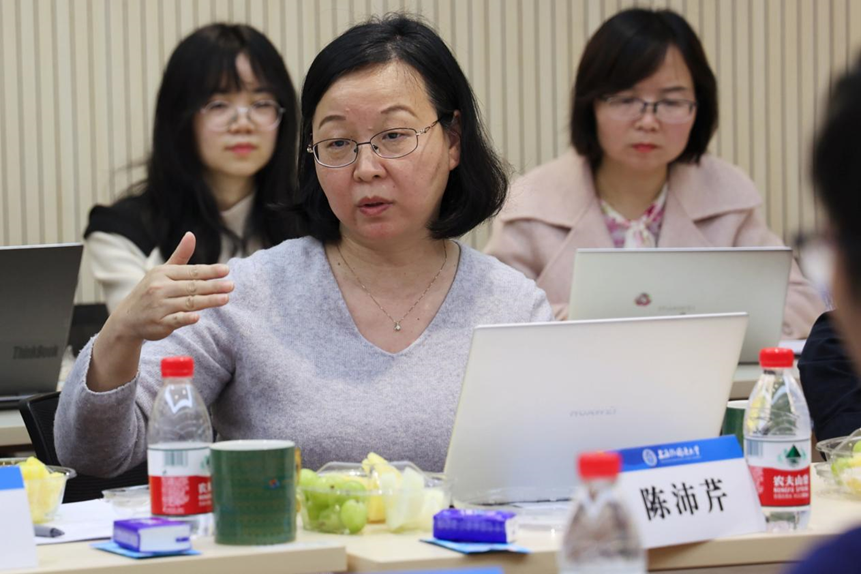
Professor Chen Peiqin also shares her views on global communication or dissemination based on her teaching and research experience and her academic journal editor experience. She proposes that the collision of theories and practices generated in fields such as country studies, international relations, and online media should all become global communication theory research objects.
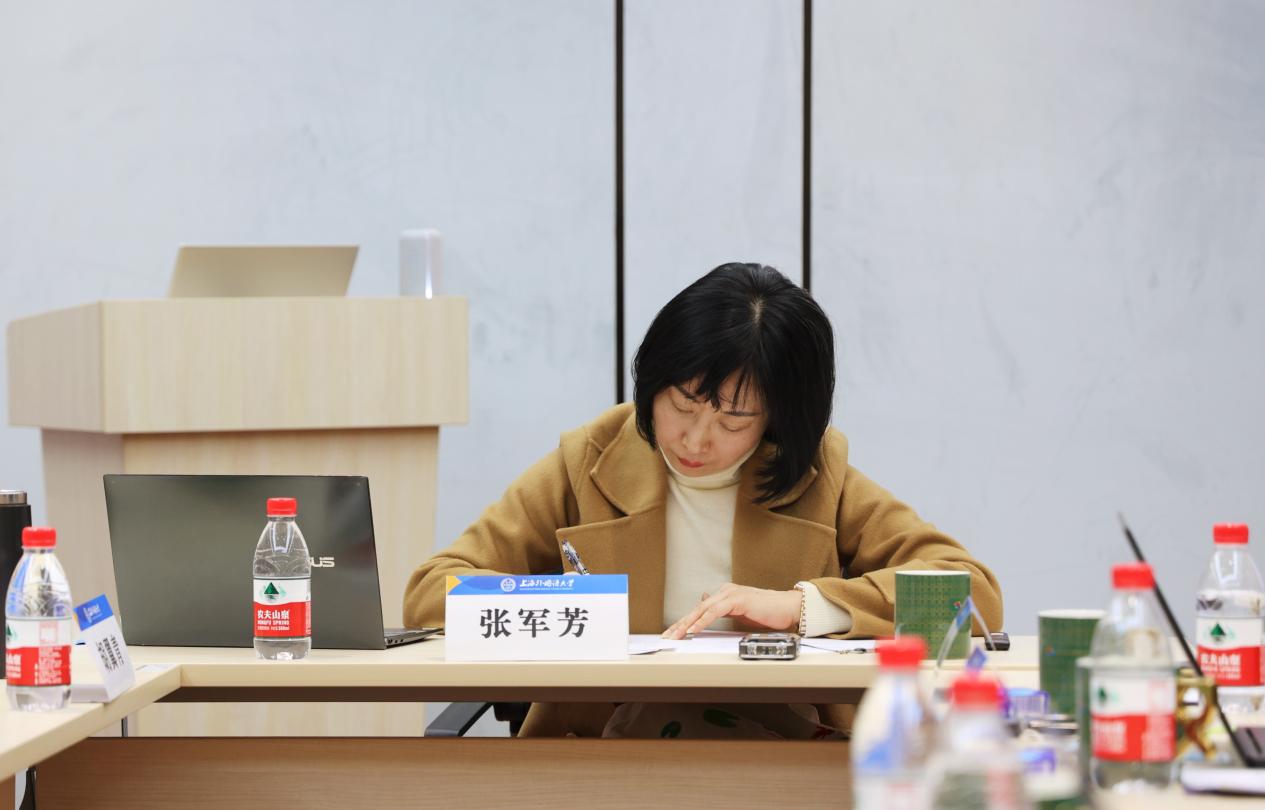
At this seminar, scholars exchanged their understanding of research on global communication theory with a consensus that the world is diverse and global communication is generative. Research on global communication theory should be based on China’s practices and conducted from a micro and pragmatic perspective to reveal the theoretical background of global communication.
Established in January 2022, the Center for Global Connections has been committed to exploring the path of innovative global communication theory. The center has also held several interdisciplinary dialogues on global communication theory research, aiming to stimulate and explore the possibility of interdisciplinary integration in global communication theory research.

 |Hongkou Campus|550 Dalian Road (W), Shanghai 200083, China |Songjiang Campus|1550 Wenxiang Road, Shanghai 201620, China
|Hongkou Campus|550 Dalian Road (W), Shanghai 200083, China |Songjiang Campus|1550 Wenxiang Road, Shanghai 201620, China